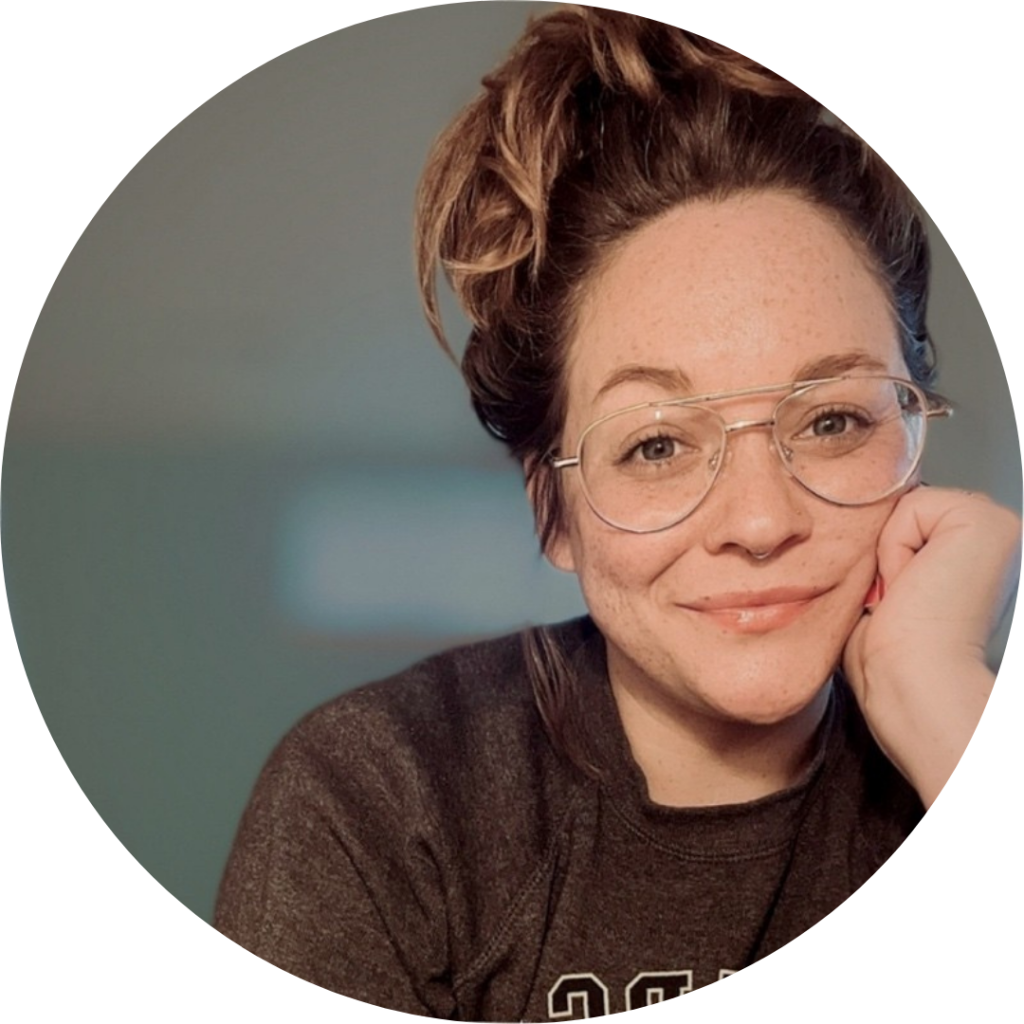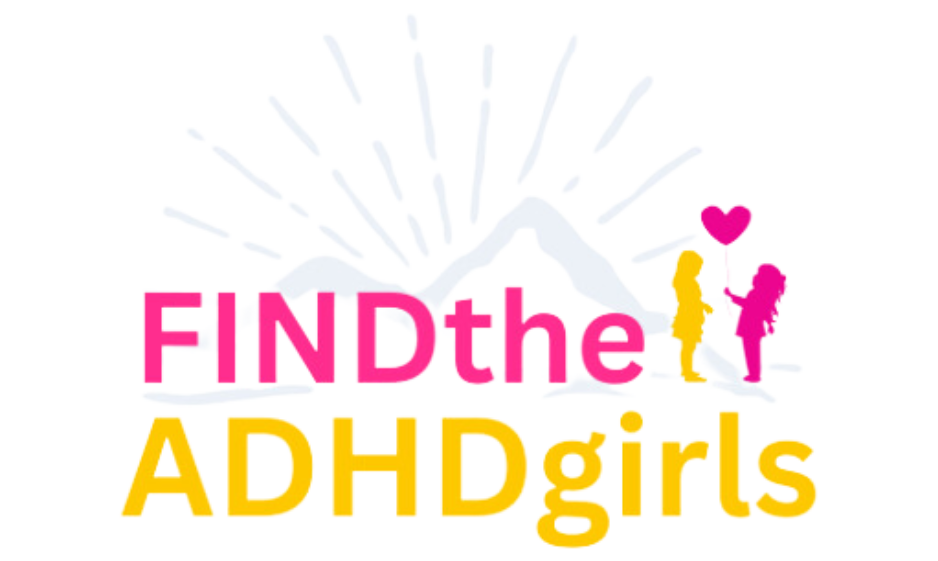My elementary school teacher had a novel approach to discipline. He was a big soccer fan — which was weird in my working-class neighborhood, where the only Real Sports were football and baseball. And he used a card system, not unlike soccer referees do, to help us learn about boundaries, directions, and acceptable behavior.
Every student had a pocket on the wall with their name on it. In each pocket were four laminated cards: Green, yellow, red, and black.
Everyone started with the green card in the front. If you talked out of turn, swore, neglected to pay attention, or committed any other disciplinary infraction, my teacher would flip the green card to the back, revealing the yellow card. If the bad behavior continued, he would give them a red card. You get the idea.
Some kids — the bad kids — got a yellow or even red card every day. Most kids got a yellow card at least a couple of times each year. It was, my teacher would say, a warning.
I got a yellow card one single time, and it nearly wrecked me.
The crushing perfectionism of being an ADHD girl
From a young age, I was wracked with anxiety about being bad. My parents were strict in a very specific, somewhat-new-age-y kind of way that included next to zero rules about cleanliness or personal hygiene, but very high expectations for critical thinking and academic success.
We had unruly hair, mismatched, third-hand clothes, and perfect attendance from kindergarten onward. The only day of school I missed in the entirety of elementary and middle school was when I had acute bronchitis at age 5 and had to be kept home for one day.
We may have looked feral, but it was very important to my parents that we were good children.
This was easy for my brother. It was less easy for me, and probably the hardest for my younger sister.
For me, appearing to be a good girl meant overcompensating for the disorganization in my head. It meant being meticulous in my outfits, often looking to whatever catalogs came in the mail for inspiration. It meant being on time or early to class, completing projects early and with exact attention to instruction, and always volunteering to help my teachers.
If I was assigned to read a chapter of a book and it really engrossed me, I would read the entire book in one night, sleeping little. It meant creating all kinds of mnemonic devices, shortcuts, and memorization tactics to get good grades and give the illusion that I was doing well.

Meanwhile, the inside of my desk looked like a Staples store after a hurricane. My backpack was a disorganized mess of half-eaten snacks, papers, and books that I was too embarrassed to use in class because I’d spilled juice on them.
The worst part of every day was when we would take a timed math test. It would be impossible for me to hide the fact that I really didn’t understand the higher levels of the times table.
And then there was that yellow card, which left me feeling so exposed and bare. I had gotten it for talking to a friend. We’d been chatting when the teacher called the class to attention and I, deep in a child’s thought, had to — had to — finish it before I turned around and paid attention. But it took just slightly too long to get the thought out and, before I could wrap it up, my teacher was saying my name and pinching the green card in my pocket.
It felt like the worst thing that had ever happened to me.
Despite all of my hiding of my most unflattering qualities — needing a slower and more visual example of the math concepts, inability to listen to a lesson if it wasn’t perfectly holding my attention, sensory overload when my clothes were too scratchy or hot or otherwise uncomfortable, and a motivation to get things done so that they could just be done, which often amounted to sloppy work that I would have to redo three times to make perfect — there they were, on display. I was the kind of kid who got warned.
I was a bad kid now. Just like all the other bad ones.
This should have been a signal flare to the adults around me. Every single issue I was dealing with is practically textbook for childhood ADHD, especially in girls. But in the early ’90s — and even today — the ways that girls present with ADHD are just not as easily or as quickly identified as they are in their young male counterparts.
In a 2014 paper published in the Primary Care Companion for CNS Disorders, researchers note a “low index of clinical suspicion” for girls. That’s because girls are less likely than boys to have hyperactivity/impulsivity as a symptom. They mostly have inattentiveness.
Another common symptom in girls with ADHD is hyperfocus. They’ll zoom in and lose themselves in something they find interesting, often getting fixated on an idea. This can create relatively good homework outcomes, or make a person look like a very diligent worker.
It can also make inattention simply look like carelessness, rather than a cognitive barrier. Hyperfocus can be used as a way to overshadow the impacts of distractibility. Girls can get really good at hiding their symptoms of inattention by hyperfixating, often weaponizing it into a tight grip on the steering wheel of their own realities.
This came up in the report, too. “Females with ADHD may develop better coping strategies than males to mask their symptoms.” (These strategies may also mask comorbidities like anxiety and depression, which the researchers said “can lead to missed or misdiagnosis.”)
For example, girls with ADHD may be disorganized, but it’s rarely visible. After all, girls are socialized to be tidy, not messy. But this creates a gripping fear of being found out. Of being exposed.
Boys with ADHD tend to express it in ways that are disruptive in class but generally socially acceptable — hyperactivity, fidgeting, loud conversations at inappropriate times. But with girls, it’s usually less noticeable and more inward facing, like biting their nails or braiding their hair. A girl with ADHD who is withdrawn because she is often lost in thought is viewed as shy, but not unusual.
In many ways, the things that girls are socialized to do are perfect at masking ADHD symptoms. Unfortunately, that’s created the problem we have today, where lack of understanding and diagnosis has created a vacuum of assistance.
Cloaking myself in the appearance of goodness
For me, this attitude persisted well into college. While I transmitted my hyperfixation into a nearly all-consuming eating disorder, I was so desperate to continue keep my grades high that I would record myself reading flash cards to listen to on a Walkman on the elliptical machine. I would conjugate verbs while I ran.
This, too, should have been a sign. My roommate would close herself in our dorm for hours just reading a textbook in silence. I loved to learn. But I didn’t love to learn like that. All of my best studying was done in movement. In lectures, I took frantic notes because the act of writing something down again and again helped me remember it, even when my mind was wandering. I needed to be doing something.
Years and years later, I realized that I could learn anything from an audiobook or podcast, so long as I was able to also do something, like walk or unload the dishwasher. But sitting down with a book (unless it was a very, very good book) would never be the best way for me to take in new information. This has been a game-changer for me — but it wasn’t available when I was younger.
My fear of being perceived as bad — or lazy, or unintelligent — pushed me to be good. But it was my ADHD and the behaviors that come with it that gave me the solid jolt into perfectionism. I had no idea that all of the things I was fighting against had a name or research or a treatment. I just knew that being the kind of girl I was when unchecked — a little wild, a little spacey, but a lot interested in learning — was bad. And I would have done just about anything to hide it.
About the Author
Hanna Brooks Olsen
Hanna Brooks Olsen is the co-host of Spotless, a podcast about cleaning, and the creator of Crazy/Old, a Substack exploring the history of mental health.

